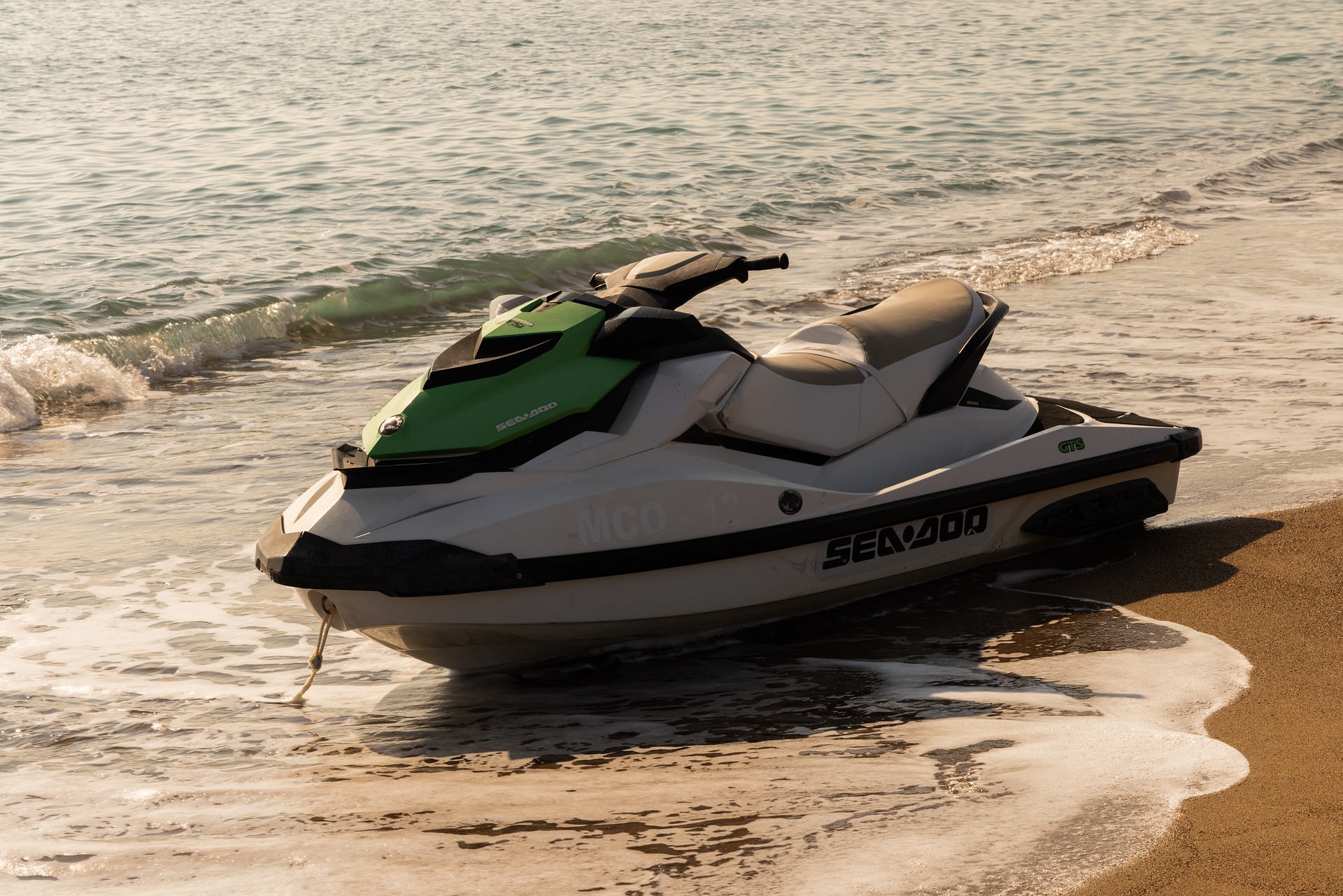 Image by Engin Akyurt from Pixabay
Image by Engin Akyurt from Pixabay
Personal watercraft (PWCs), sometimes referred to as “jet skis” or “wave runners,” have become an iconic part of the summer landscape, zipping across lakes, rivers, and oceans around the world. Their small size, high maneuverability, and impressive speed make them a fun and exciting way to enjoy the water.
The Early Years
The first person to conceive of such a craft was Clayton Jacobson II, a banker from California with a passion for motocross. In the early 1960s, he began working on a prototype for a stand-up style PWC. This first model, introduced by Kawasaki under the name “Jet Ski” in 1973, was a single-passenger, stand-up design, somewhat different from the sit-down models that are more common today. However, the stand-up model had its limitations, particularly for beginners who found it challenging to control and balance.
The Evolution of PWCs
The PWC underwent significant evolution in the subsequent years. The stand-up model was replaced by the sit-down type in the late 1980s, which offered increased stability and the capacity to carry more than one person, broadening its appeal. Around this time, manufacturers began to offer a wider range of features and capabilities, such as reverse thrust and electronic fuel injection. The 1990s and early 2000s marked a significant period of development, as the technology behind PWCs advanced dramatically, allowing for increased speed, better control, and improved safety features.
Today’s PWCs
Today, PWCs are a common sight in many coastal and lakefront communities. They are not only used for recreation, but also for various professional purposes, including lifesaving and water sports events. When not in use, it is important to cover your PWC with a jet ski cover to protect it from the elements. This will help to keep your jet ski clean, dry, and free of damage.
Brands such as Kawasaki, Bombardier, and Yamaha dominate the market, offering a range of models to suit different needs and budgets. Modern PWCs can reach speeds of up to 70 mph, and some can accommodate up to three passengers.
The Future of PWCs
While PWCs have come a long way, the future holds even more potential. Manufacturers are looking at ways to make these crafts more sustainable, with electric-powered models already being tested. Furthermore, advancements in PWC technology, such as more durable and environmentally friendly materials, are also part of this future-forward vision. New trends like underwater scooters are pushing the boundaries of what a PWC can be, suggesting that we may be on the verge of yet another evolution in personal water transportation.
Conclusion
From their humble beginnings in the 1960s to their modern incarnations, personal watercraft have become an integral part of aquatic recreational activities. As technology continues to advance, it’s clear that the future of PWCs holds exciting and eco-friendly developments. Whether for racing, fishing, or simply exploring the water, the PWC has a fascinating history and a promising future.
